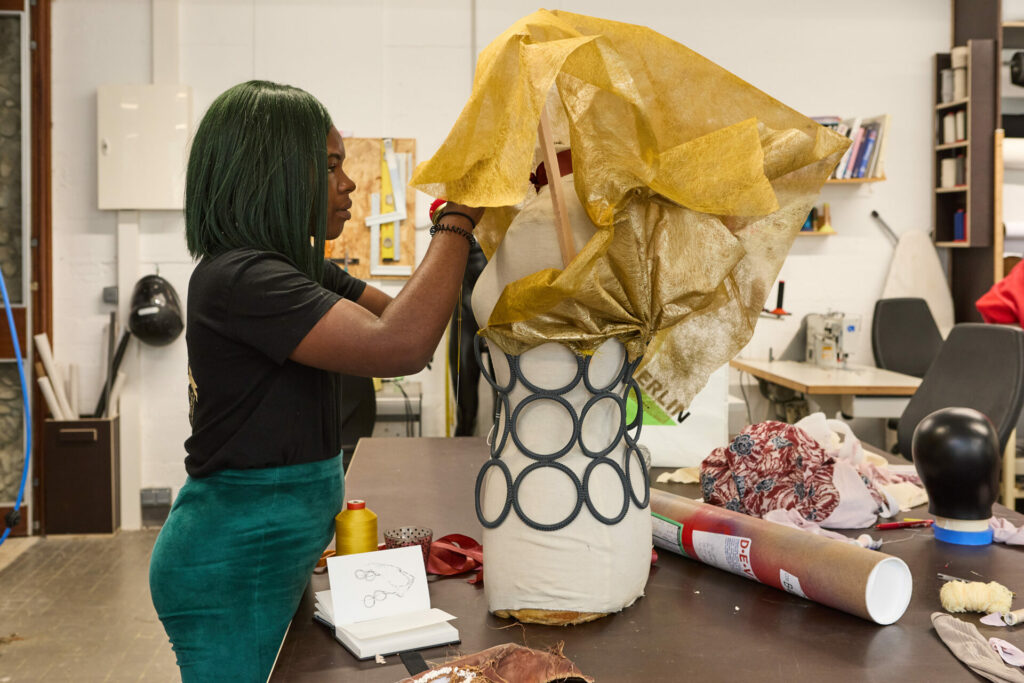Organisation of studies
Organisation of studies

The Villa Arson curriculum is structured around two degrees: the first three years lead to a Diplôme national d’art (batchelor’s degree); the two additional years of the second cycle lead to a Diplôme national supérieur d’expression plastique (master’s). Carrying on to further postgraduate studies is possible via a practice-based PhD in arts developed alongside the Université Côte d’Azur.
Our vision of teaching is based on three fundamental principles:
1. Student autonomy
As an experimental institution, Villa Arson’s approach is to avoid fragmenting its teaching by offering multiple options, and instead to offer a single curriculum that is as open as possible. Students can benefit from a diverse range of courses, studio sessions, research projects, workshops, lectures and masterclasses. Students have the chance to shape their own independent course of study and to pick their own leaning and specialisation. The result is doubly transversal: both on the horizontal level (between different fields), and the vertical level (between the three- or five-year study programs).
2. An openness to the contemporary world
Simultaneously an école nationale supérieure d’art, a hub of artistic production and distribution, and a center for international residencies, every year Villa Arson invites numerous visual artists, musicians, critics, graphic designers, curators, researchers, and heads of French and international institutions. Through its artistic programming and residencies, the school plays a central role in local, national and international cultural networks, constantly revising its scope to encourage interactions between students and players on the French and international artistic and intellectual scenes.
3. Transversality and interdisciplinarity
The artistic practices of Villa Arson’s teaching staff are recognized both in France and abroad. Our teachers are artists, filmmakers, video artists, musicians, writers, photographers, curators, scriptwriters, directors, and art theorists and critics. The continual feedback between teachers, professionals and guest lecturers feeds into a form of pedagogy that is as close as possible to real-world stakes and to the plurality of forms of expression.


